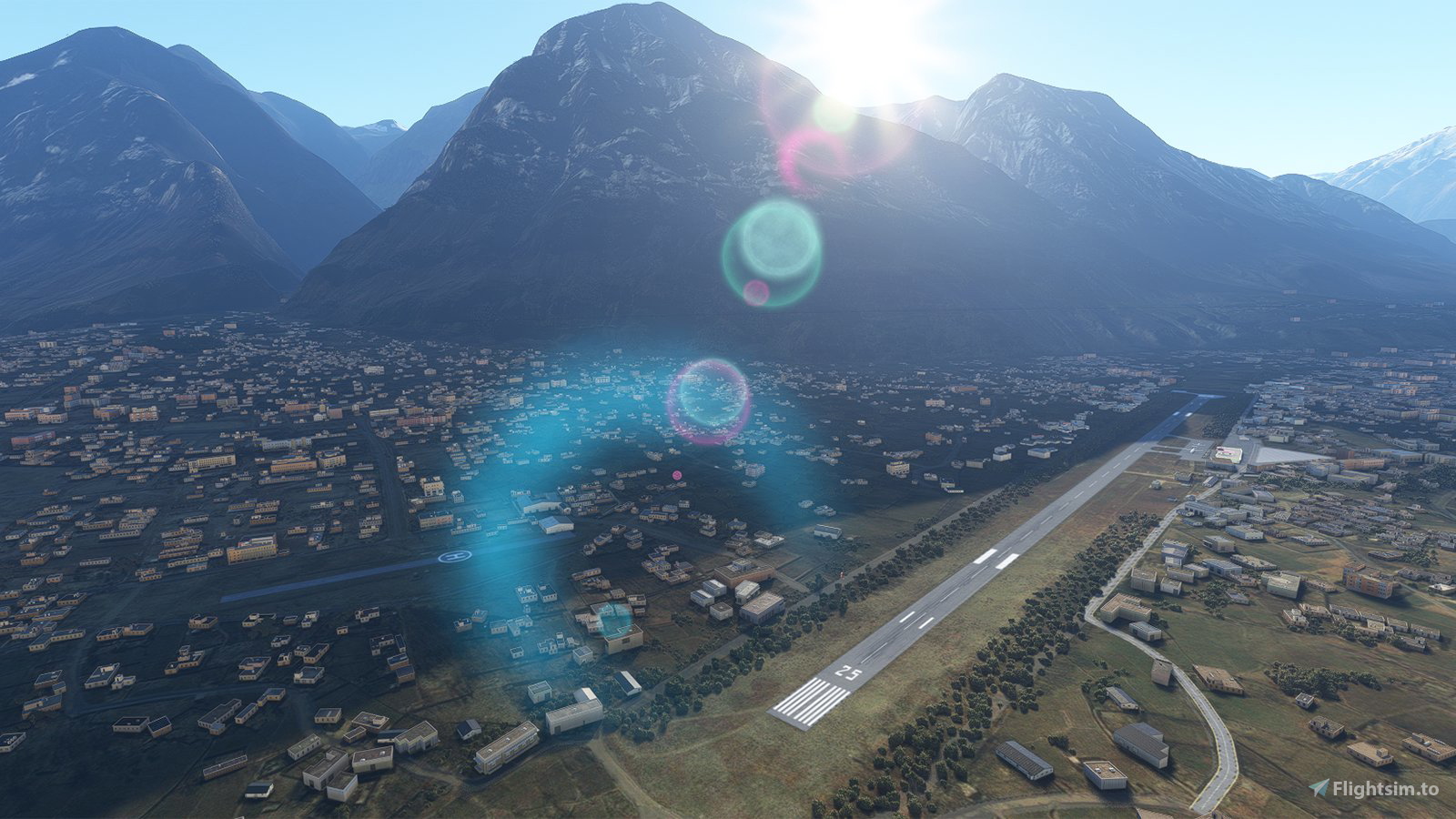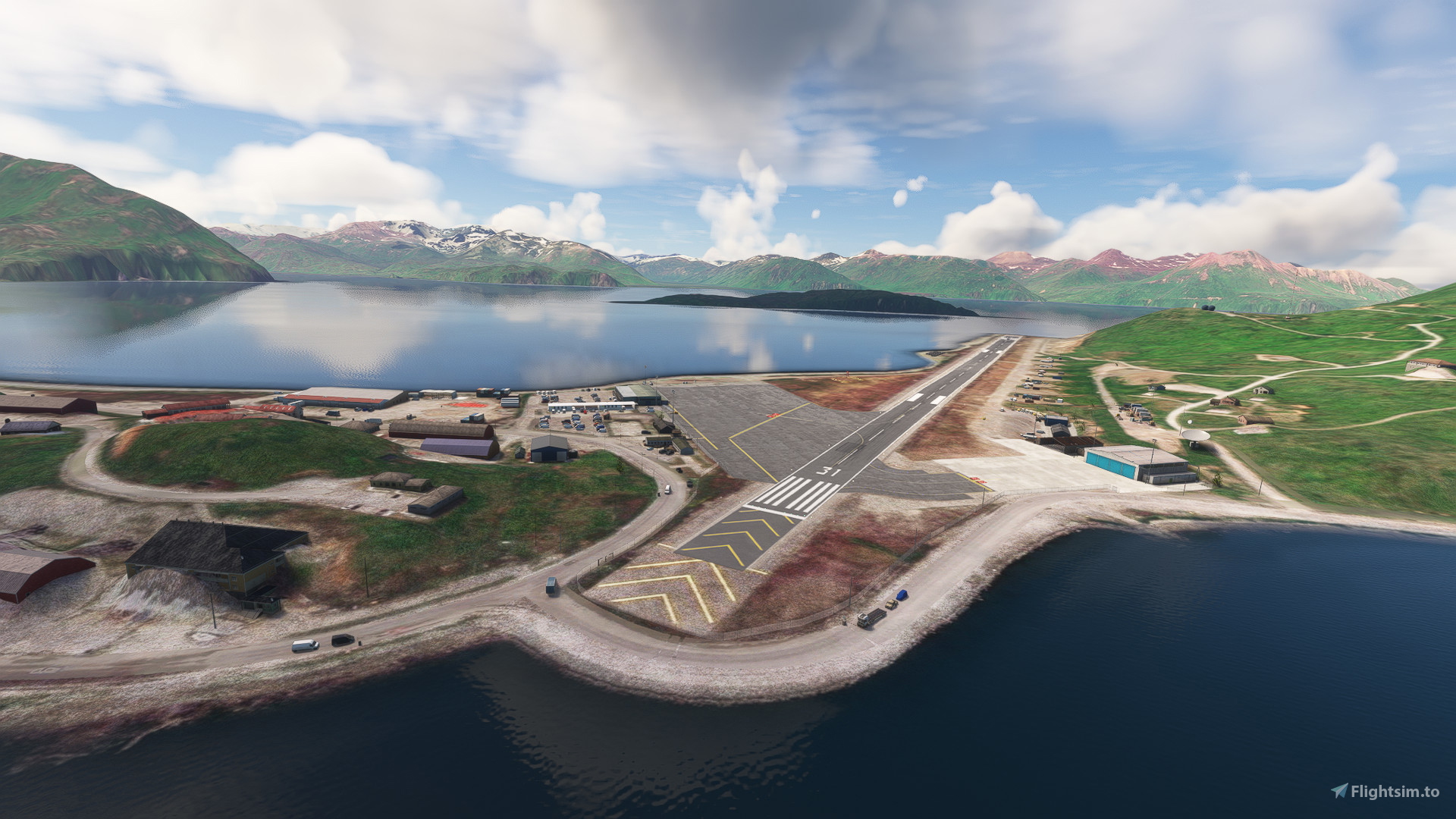Landing at the world’s most dangerous regional airports requires pilots to carefully consider a combination of environmental, technical, and operational factors. Many of these airports, including Aspen-Pitkin (KASE) and Toncontín (MHTG), are situated in extreme terrain such as deep valleys, high mountains, or narrow atolls, which demand precise approach and departure paths. Pilots must account for weather conditions that can change rapidly, including strong crosswinds, fog, snow, or turbulence, which can drastically reduce visibility and affect aircraft handling. High-altitude locations, like Antonio Nariño (SKPS), reduce engine and aerodynamic performance, requiring careful calculation of takeoff and landing distances. Even though these airports have runways of at least approximately 1,500 meters (about 4,900 feet), which is sufficient for small to medium jets, the margin for error remains narrow, making every maneuver critical.
Operational preparation is equally vital. Pilots must ensure that the aircraft is within weight limits suitable for the runway length, and that braking, flap, and engine performance are all optimized for short or sloped runways. Specialized training is often required, particularly for airports like Paro (VQPR) or Queenstown (NZQN), where the surrounding mountains create complex wind patterns and limited approach corridors. Communication with air traffic control, awareness of terrain, and contingency planning for emergencies are crucial. Even with runways long enough for jet operations, these airports demand precision, discipline, and experience, highlighting that landing safely depends as much on skill and planning as it does on the physical runway length.
Funafuti Airport (NGFU)

Funafuti Airport in Tuvalu (halfway between Hawaii and Australia) has a single runway measuring approximately 7,874 feet (2,399 meters) in length, which is relatively long but comes with significant challenges for pilots. Located on a narrow coral atoll surrounded by the Pacific Ocean, the airport offers little room for error during approach and landing. Strong crosswinds, sudden tropical storms, and the risk of flooding from storm surges make landings particularly hazardous. Additionally, the runway occupies much of the island’s land area, with water on both sides, leaving no space for overrun zones. These conditions demand precise handling and careful timing, especially during adverse weather, making Funafuti one of the world’s more precarious airports to operate in despite its adequate runway length.
St. Helena Airport (FHSH)

St. Helena Airport in South Atlantic Ocean has a single asphalt runway that is 7,500 feet (2,286 meters) long. Located on the remote island, surrounded by steep cliffs and rugged terrain, which limit approach paths and complicate landings. The most significant danger, however, comes from the area’s severe and unpredictable wind shear, where strong crosswinds and sudden gusts can make stable approaches extremely difficult. Because of these treacherous conditions, only specially trained pilots are allowed to operate flights to the island, and aircraft must often attempt multiple approaches before landing safely.
Queenstown Airport (INZQN)

Queenstown Airport in New Zealand has a single runway measuring 5,315 feet (1,620 meters), and it is renowned for being one of the most challenging airports to land at in the Southern Hemisphere. Nestled in a narrow valley surrounded by the towering Southern Alps, the airport requires pilots to execute steep and carefully timed approaches with limited visual reference points. The short runway offers little margin for error, while strong crosswinds, turbulence, and rapidly changing weather conditions—common in this mountainous region—can make even routine landings unpredictable. Due to these factors, only specially certified pilots are authorized to operate into Queenstown, where precision and experience are essential for a safe landing.
Gilgit Airport (OPGT)

Gilgit Airport in northern Pakistan has a short runway measuring only 4,750 feet (1,448 meters). Nestled deep within the rugged Karakoram mountain range, the airport is surrounded by steep peaks that rise sharply on all sides, leaving almost no room for navigation errors during approach or departure. The high altitude and thin air reduce aircraft performance, while rapidly changing weather conditions—such as sudden gusts, fog, and low visibility—further complicate operations. Because of these extreme geographic and meteorological challenges, only experienced pilots trained in mountain flying are permitted to operate at Gilgit, where precision and timing are critical to ensuring a safe landing or takeoff.
Unalaska Airport (IPADU)

Unalaska Airport, located on Amaknak Island in Alaska’s Aleutian chain, has a single runway measuring 4,500 feet (1,372 meters) in length. The airport is surrounded by steep terrain and open water, leaving virtually no room for error during takeoff or landing. Frequent strong crosswinds, fog, rain, and snow further complicate operations, while the short runway length limits the types of aircraft that can safely operate there. These challenging conditions have contributed to several incidents, including runway overruns, underscoring the precision and skill required from pilots to land safely in such an environment where weather and geography combine to make every approach demanding.
Elevate your virtual aviation lifestyle with Flight Simulator Blog Merch — premium apparel and accessories inspired by the virtual skies.
Below are five regional airports more known for their dangerous approaches and operational hazards — requiring exceptional piloting skill, precise judgment, and the courage to undertake landings under such demanding conditions.
| Airport (Country) | ICAO | Runway Length | Why It’s Dangerous |
|---|---|---|---|
| Aspen–Pitkin County Airport (Colorado, USA) | KASE | 8,006 ft / 2,440 m | High elevation; short runway for altitude; mountainous terrain; turbulent weather. |
| Paro International Airport (Bhutan) | VQPR | 6,500 ft / 1,981 m | Surrounded by Himalayan peaks; steep approach; unpredictable weather; high-altitude. |
| Antonio Nariño Airport (Colombia) | SKPS | 6,122 ft / 1,867 m | High-altitude; mountainous terrain; short runway; sudden weather changes. |
| Toncontín International Airport (Honduras) | MHTG | 6,112 ft / 1,863 m | Mountainous terrain; sharp descending approach; short runway; adverse weather. |
| Narsarsuaq Airport (Greenland) | BGBW | 5,700 ft / 1,737 m | Surrounded by fjords; harsh Arctic weather; short runway; icy conditions. |
Among the ten airports discussed, Gilgit Airport (OPGT) in Pakistan, with a runway length of only 4,750 feet (1,448 meters), stands out as the hardest to land. Its extremely short runway is compounded by the airport’s location in the heart of the Karakoram mountains at an elevation of approximately 4,800 feet (1,463 meters). Pilots must navigate steep valleys and towering peaks during approach, leaving virtually no margin for error. The high altitude reduces aircraft performance, while unpredictable weather, including sudden fog, strong winds, and turbulence, further complicates landings. Compared to longer runways at other dangerous airports, the combination of short runway, high elevation, and extreme mountainous terrain makes Gilgit Airport exceptionally challenging, demanding highly skilled, specialized pilots and precise maneuvering to achieve a safe landing.















